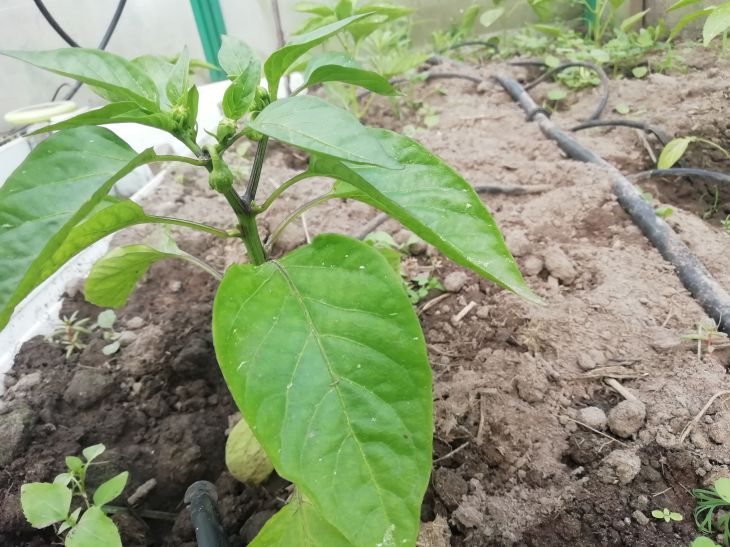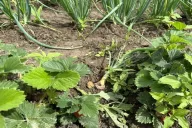Calcium is one of the three main nutrients that determine the growth, development and yield of vegetable crops.
Everyone knows that its deficiency can be replenished by adding eggshell fertilizer. But it is good if we are talking about a deficiency, because an excess of the supplement is also dangerous.
Calcium deficiency. Signs
It is worth understanding that a deficiency of microelements affects the development of roots and primarily manifests itself in young plants.
A sign may be brown spotting, twisting of shoots or curvature. If left untreated, new shoots on the plant will begin to die.
In addition, it is worth paying attention to:

- change in leaf color to a dark or bluish tint;
- curling or drying of the tops and roots;
- the appearance of small leaves;
- a branching of the root system that is not typical for the plant or its slow development, as well as shortening of the roots;
- white stripes or spots on the edges of the leaves.
If no measures are taken, blossom-end rot will soon develop (in tomatoes), the fruits will begin to dry out (in cucumbers) and the tissues will die (in potatoes).
Excess calcium
In this case, problems with the absorption of iron and manganese, nitrogen, boron, potassium cannot be avoided, which in itself entails new troubles and difficulties.
The development of interveinal chlorosis and rapid aging of the bush may also be observed.








